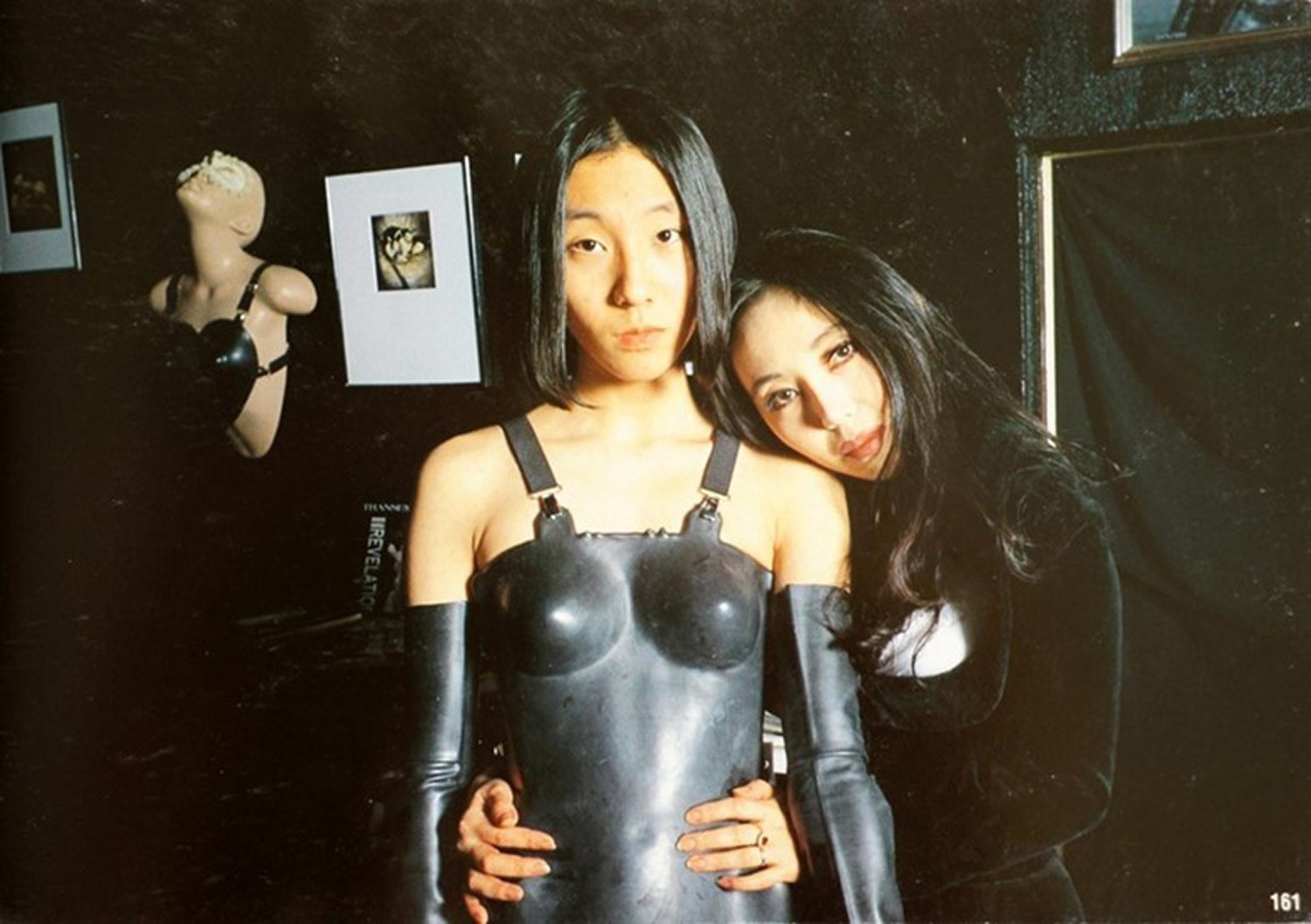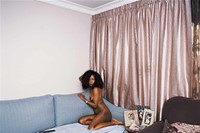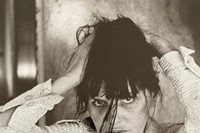Isabella Burley joined Dazed in 2013, rising through the ranks to become editor-in-chief in 2015. And while some of her favourite coups include interviewing Pamela Anderson and putting Lana Del Rey and Courtney Love in conversation, they also include publishing bodies of work by seminal outsider image-makers – from Byron Newman, Liz Johnson Artur, Richard Kern and Nick Sethi, to Gareth McConnell, Adrienne Salinger, Lorna Simpson and Paul McCarthy.
For if you know anything about Isabella, you’ll know that she harbours an obsession – or “slow-burning, long-term addiction”, as she puts it – for photography books. This has not only fed into her work for Dazed, but for Helmut Lang, where she worked as editor-in-residence, launching capsule collections with artists including Walter Pfieffer and Boris Mikhailov, among others. She’s even published her own photography book, SISTERS – a 24-page document containing Jim Britt’s captivating snapshots of his daughters, which formed Comme des Garçons’ iconic Autumn/Winter 1988 campaign.
Now, Burley is launching her own bookshop, Climax Books. A long time in the making (she registered it as a company in 2016), Climax Books opens today and offers a wide range of materials spanning not only books but hard-to-find ephemera, periodicals, erotica, VHS tapes, anthologies, too. And while the items on sale are diverse, just like the artists behind them, what unites them is a sense of the confrontational – be it a copy of Yayoi Kusama’s An Orgy of Nudity, Love, Sex & Beauty, Vol 1, No. 1, the periodical she self-published in 1969, to a Cosey Fanni Tutti VHS A Study in Scarlet from 1987.
Here, Burley speaks on her interest in erotica, her love of photography books and this new venture.
Ted Stansfield: So take us back to the beginning. Tell us about your interest in erotica?
Isabella Burley: My interest in erotica began in 2010, when I interviewed Cosey Fanni Tutti as part of her one-day event Cosey Complex at the ICA. I was 19 and it completely blew my mind! Learning about her early work (which often involved her posing for pornographic magazines and stripping under the alias Scarlet) taking the language of pornographic materials in her video and performance works, and subverting it as a sort of punk statement. Looking back, however, I guess I’ve been collecting ephemera and counterculture materials in some form since I was an early teenanger. Whether that was posters ripped off the walls of club nights or calling cards from inside phone boxes. Then when I was in my twenties, I began buying photography books more seriously and building a collection. It’s been a slow-burning, long-term addiction.
TS: In a recent interview for AnOther, Ryan McGinley said he calls bookstores ‘drug shops’ because he gets high from buying photo books. Do you relate?
IB: Hell yeah, I still get the biggest high. I also really get off on the research process; learning and discovering about a new book or a body of work you’ve never heard of before – or even knew existed – is incredibly exciting. It’s such a rush. Sometimes we feel like there isn’t anything more to discover, but we’re so wrong and when you find that it’s an insane feeling. I spend most nights in very weird internet holes.
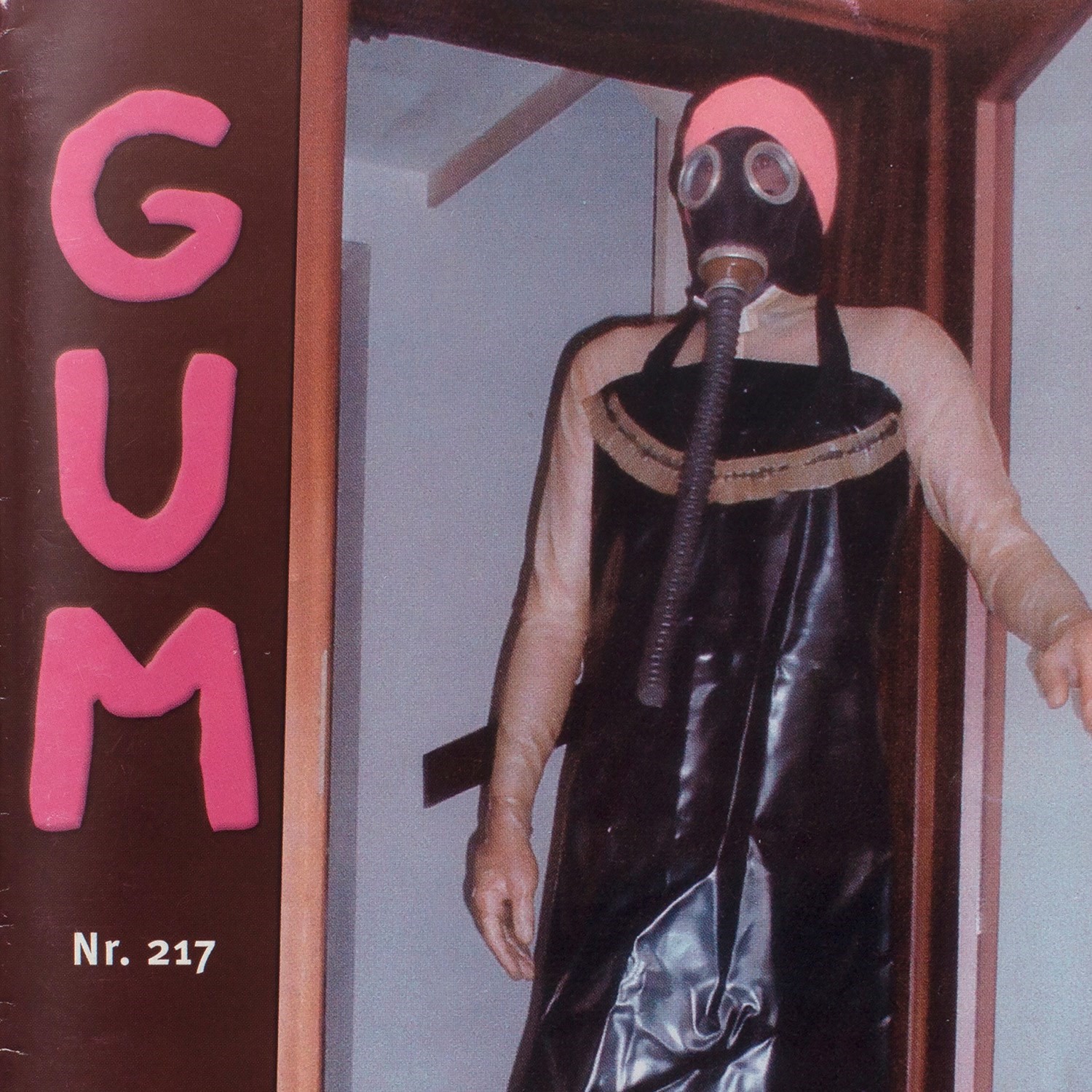
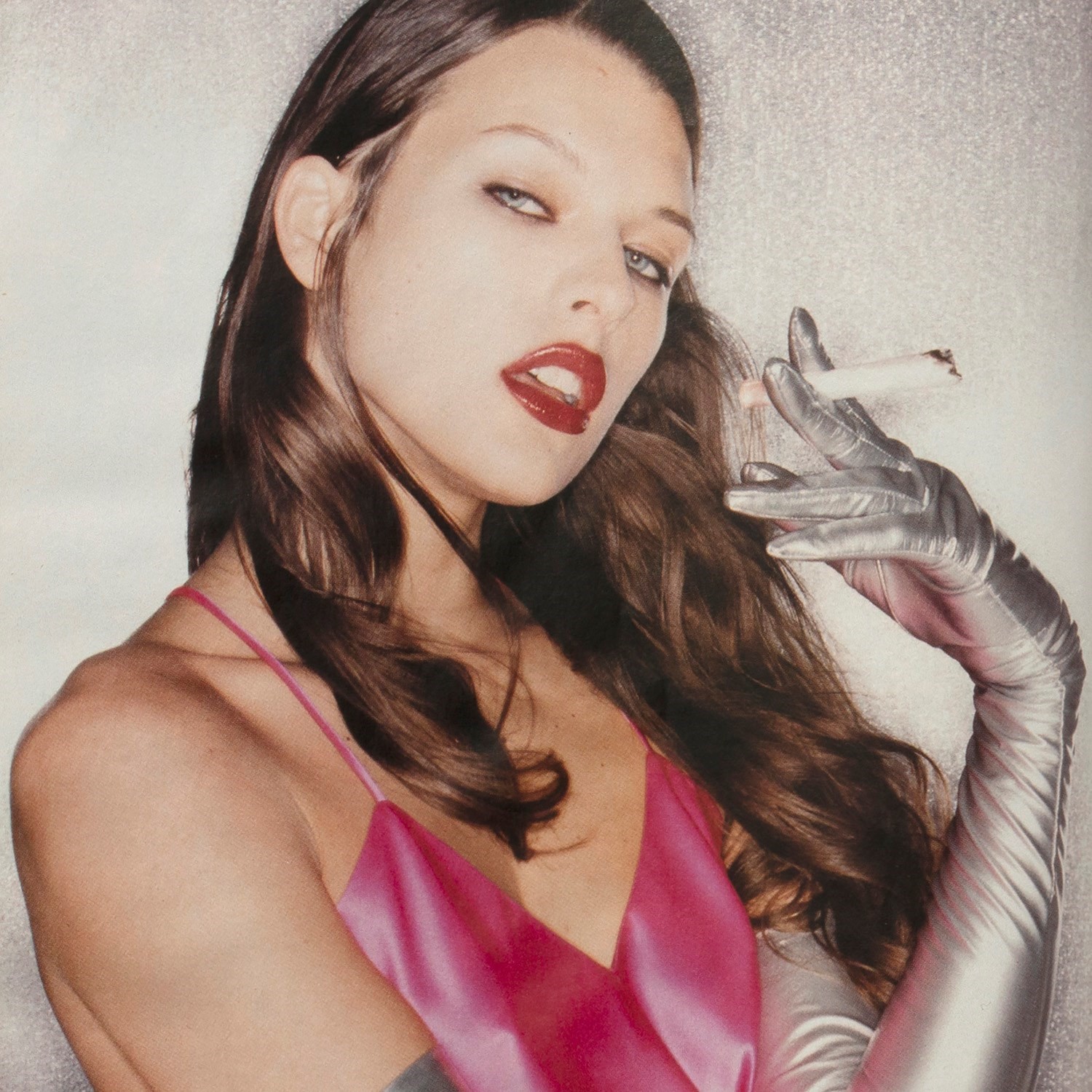
TS: Speaking in the same interview, Tyler Mitchell said photo books are “even more important than a show, which seems to be the marker of success” (for photographers). What, in your opinion, is the power of photo books?
IB: I guess there is something so tangible about a photo book. You remember an exhibition in your mind – or perhaps you’ve taken pictures on your phone – but pulling the book off a shelf, and going through it takes you to a different space. It’s the design, the curation, the storytelling of the book. As a magazine editor – and someone who has published a photo book before – it’s a special thing.
TS: How has this interest, or addiction as you put it, fed into your work as editor-in-chief of Dazed? I’m thinking specifically of some of the image-makers you’ve featured in the art project section of the magazine.
IB: Well, our art projects are my favourite part of the magazine. For me, it’s a special space to explore an unseen or unpublished body of work – images that have perhaps been forgotten, or maybe weren’t ever meant to be seen. It’s been something I’ve really treasured. Receiving a CD-ROM in the post from Byron Newman containing never-before-seen images from his Ultimate Angels, 1984 or knowing Adrienne Salinger is looking through her archive for the first time in decades in order to find images from Teenagers in their Bedrooms, 1995 just for you to publish. Wow, that really means something as an editor. It’s how my book SISTERS by Jim Britt, 1976 came about. Him emailing me out of the blue and then an exchange leading to unearthing the outtakes from that shoot.

TS: What is the idea behind Climax Books and how long have you been wanting to launch it? Is it a dream you’ve had for a long time?
IB: I registered Climax Books as a company in 2016, so it’s been in my head for many years. I think I needed that time to really work out where to take it. The name is provocative, but the collection itself is nuanced – from Kathy Acker to David Wojnarowicz, Paul Mpagi Sepuya to Cosey Fanni Tutti or Carrie Mae Weems. And I hope the way we’ve approached the curation and design reflects that.
TS: How would you describe Climax Books’ point of view?
IB: I think the material is confrontational. Regardless of the subject matter and whether it’s erotic or not – because much of Climax’s stock is not erotic. I think that’s important to stress. To me, LaToya Ruby Frazier’s Notion of Family (and the story it tells around environmental racism) is as confrontational as Yayoi Kusama’s radical periodical An Orgy of Nudity, Love, Sex & Beauty from 1969. Or, a tiny Valie Export postage stamp is as hardcore as an copy of the German fetish magazine GUM or one of Richard Kern’s early VHS tapes (that most people can’t even watch unless they are the rare few who still have a video player). To me that confrontational spirit, is the spirit of counterculture. It’s punk. It’s unforgiving. All the material featured as part of Climax becomes part of that same dialogue and it’s that mix that’s interesting to me.
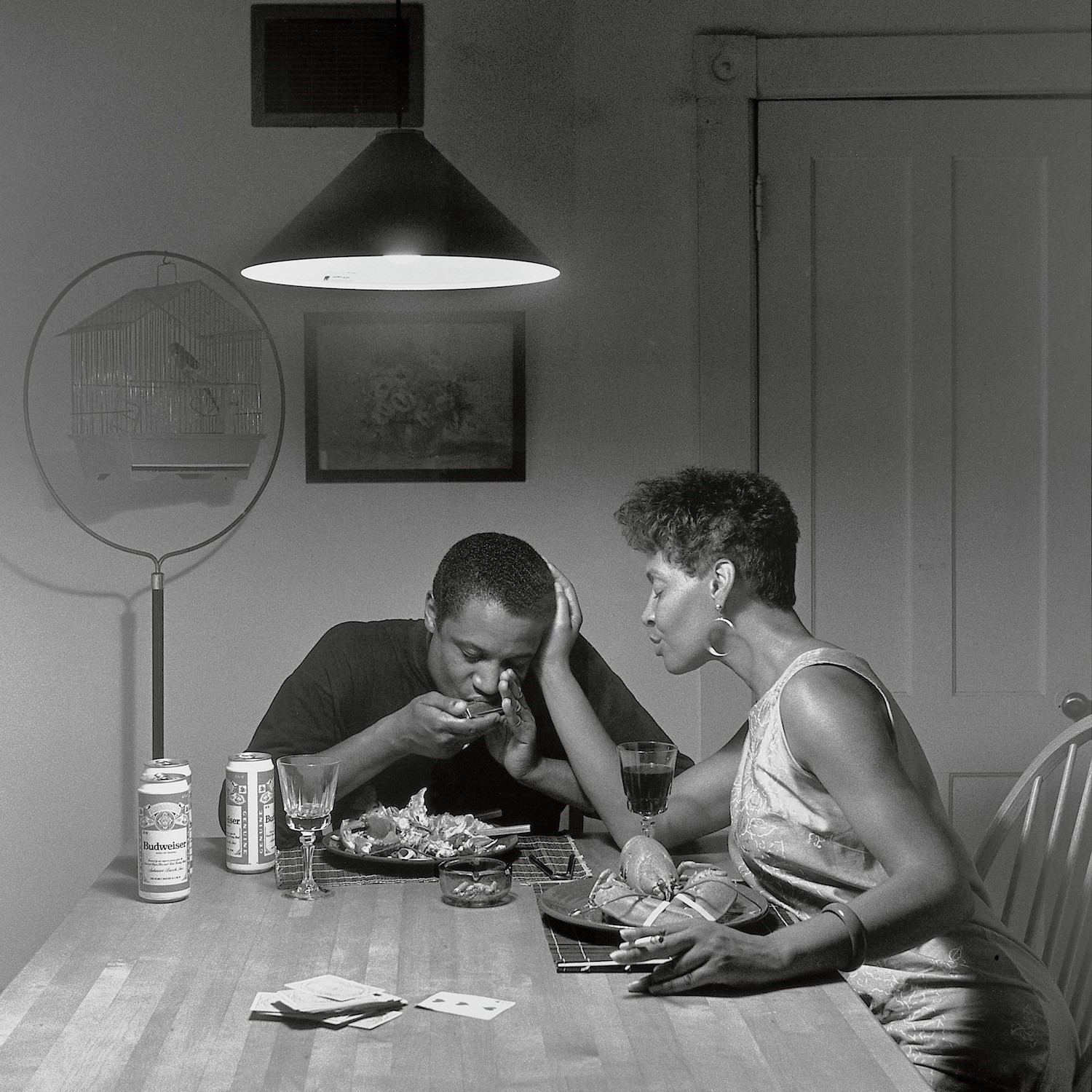
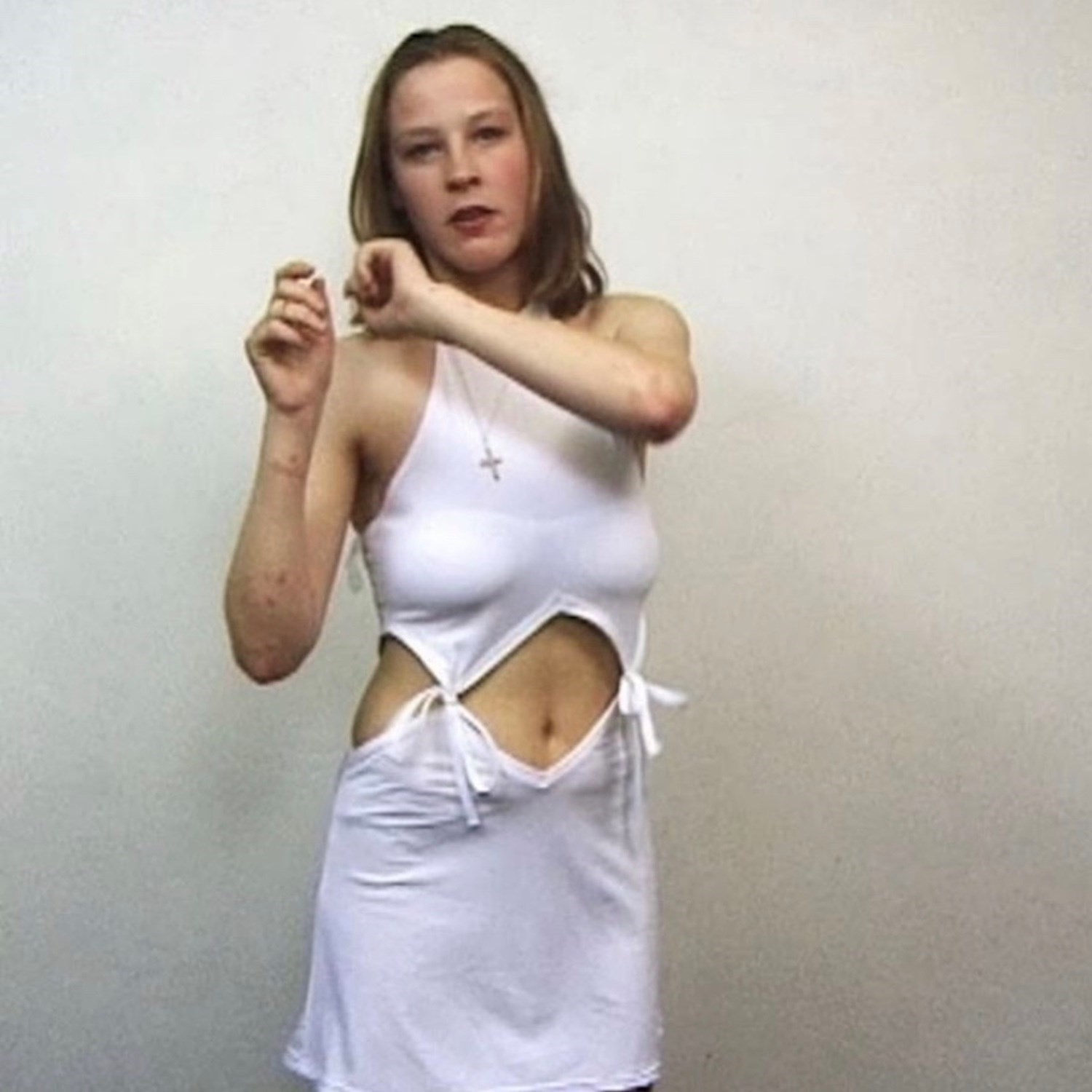
TS: How have you gone about the visual identity?
IB: I worked with my close friend Christopher Lawson who led on all of the visual identity and Simon Rogers who is responsible for the website design and development. They were the dream team! I’ve been collecting hundreds of reference images over the years, so it was so much fun going through that with Christopher and getting his perspective. The way he was able to unpack that and translate it into a visual identity for the branding, site and packaging was beyond inspiring. We were lucky enough to work with a custom typeface, Gestalt Medium by Seb McLauchlan. Most of the packaging is hot pink (compliment slips, address labels etc) and we made custom book tags (based on Japanese ones you still find in older books) that will be hand-printed for each item. Then, we made some really cool metallic ‘Climax’ stickers that referenced the original logo of California Climax, an old porno from the 1970s (the ‘C’ was in the shape of the state of California). I hope we’ve somehow translated a hint of the mystical experience of visiting a bookstore through how multilayered the packaging and branding is.
TS: Can you tell us about some of the treasures you have on sale?
IB: The first item I got when I knew this could be a serious collection, was a copy of Yayoi Kusama’s An Orgy of Nudity, Love, Sex & Beauty, Vol 1, No. 1, the periodical she self-published in 1969. It’s such an important piece of counterculture ephemera. I feel lucky to have found it. Obviously I love the hot pink Cosey Fanni Tutti VHS A Study in Scarlet from 1987. It was made using domestic VHS equipment and only 160 were ever produced. I also love the Carrie Mae Weems invitation card from P.P.O.W show Sea Islands in 1992 and Martine Syms’ early zine Fools (a fictional love story) published by her own imprint Dominica Publishing in 2014. We also have two copies of DRUGS, the much mythologised tragicomic play written by Cookie Mueller and Glenn O’Brien between 1984 and 1985 which was published in 2016 by The Kingsboro Press and For the Common Good and very quickly sold out!
TS: Finally, what are your hopes for this new venture?
IB: For people to explore their visual curiosities and catch that book-buying high.
